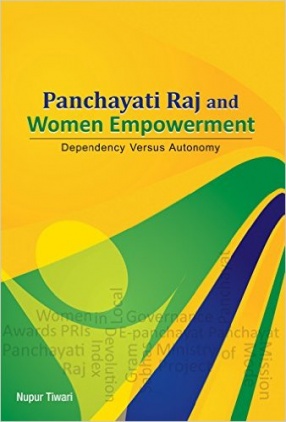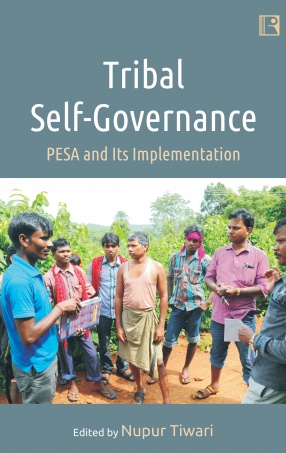Panchayats are local governments mandated in the Constitution of India. As per the Constitution, a three-tier structure of Panchayats is in place across the country, excepting areas where Part IX of the Constitution does not apply. Panchayats are to be constituted, through elections every five years, except in States with a population of less than 20 lakh, where Panchayats at two tiers may be created. The Constitution recognizes the gram Sabha, i.e. all the electors in a village Panchayat. The Constitution provides that seats and offices of chairpersons be reserved for scheduled castes (SCs) and scheduled tribes (STs) in proportion to their respective population, and not less than one-third seats and offices of the chairpersons be reserved for women, including within the SC and ST reservations. Women’s increased political participation has yielded positive results. Issues central to the development – including health, nutrition, family income and education – have taken centre stage as women participate in Panchayati raj institutions (PRIs), village development boards and other governance structures. India has primarily relied upon the method of reservation to ensure women’s presence in decision-making bodies. This has increased de jure, but not necessarily de facto, participation. There is a need to encourage women’s participation in other kinds of groups and associations which contribute to an atmosphere of leadership by women.
Panchayati Raj and Women Empowerment: Dependency Versus Autonomy
In stock
Free & Quick Delivery Worldwide
reviews
Bibliographic information
Title
Panchayati Raj and Women Empowerment: Dependency Versus Autonomy
Author
Edition
1st. ed.
Publisher
New Century Publications, 2016
ISBN
9788177084283
Length
186p.,
Subjects








There are no reviews yet.